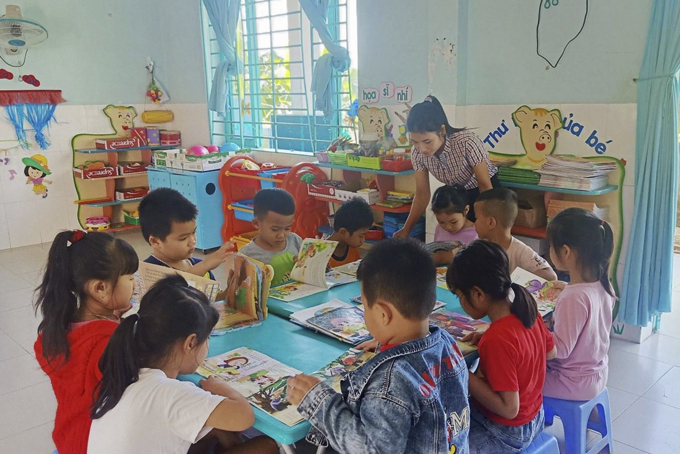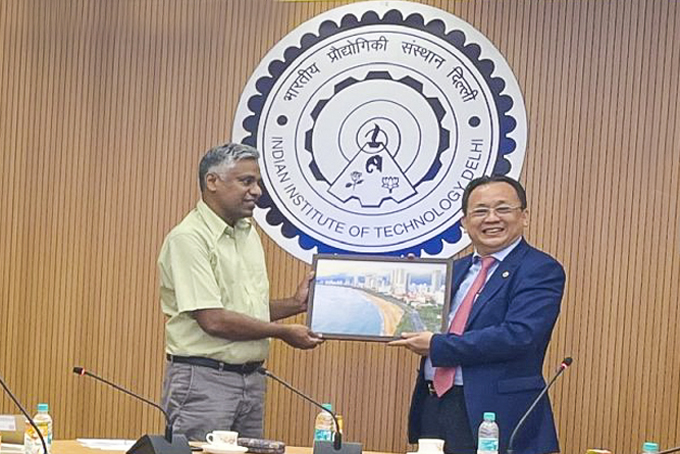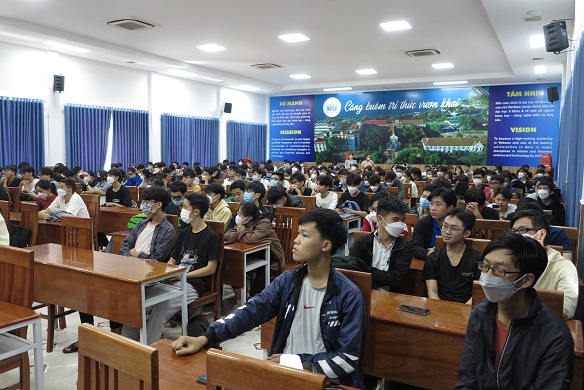
The Government's Decree 105/2020 stipulating some preschool education development policies takes effect from November 1, 2020. Many new assistance schemes are in place for preschool education development in disadvantaged areas...
The Government’s Decree 105/2020 stipulating some preschool education development policies takes effect from November 1, 2020. Many new assistance schemes are in place for preschool education development in disadvantaged areas and industrial zones. After 2 years of implementation, the schemes have contributed to supporting preschool education development throughout Khanh Hoa Province.
Assistance for preschool education development in disadvantaged areas
The Department of Education & Training has issued a plan to implement the Government’s Decree 105 and provide consultancy for the Provincial People’s Council to issue a Decree 22/2021 on implementing major schemes pursuant to Decree 105. The department has directed the implementation of support schemes for preschoolers pursuant to Decree 105 to ensure the assistance goes where it is most needed. Districts and towns have promptly implemented policies to support preschool education development in the province, according to Do Huu Quynh, Deputy Director of Khanh Hoa Department of Education & Training.
 Kids and their teacher at Hoa My Kindergarten in Khanh Vinh District.. Kids and their teacher at Hoa My Kindergarten in Khanh Vinh District..
|
Currently, besides lunch grant for ethnic minority children, according to the Provincial People’s Council’s Resolution No. 17/2012, the province has provided meal grants for nursery children in disadvantaged villages and communes under the Decree 105. As many as 2,794 children were provided grants totaling over VND2.2 billion in the 2020-2021 school year, and 2,038 children received VND2 billion grants in the 2021-2022 school year. Besides, 85 nursery children of workers at industrial parks were provided VND160,000/ child/ month in the 2021-2022 school year.
In addition, the province has raising budget funding for serving lunch to pre-schoolers in public schools in disadvantaged and severely disadvantaged areas; and disadvantaged coastal areas. Accordingly, the grants are VND3,070,000/ month/ 45 children, up by VND670,000 compared with the regulations by Decree 105. In the 2020-2021 school year, 13 children benefitted from over VND297 million; in the 2021-2022 school year, 26 were provided assistance estimated at more than VND2.3 billion, including nearly VND1.4 billion already paid out.
Preschool teachers in charge of mixed classes and Vietnamese language reinforcement classes for ethnic minority children are subject to grants worth VND450,000/ month. In the 2020-2021 school year, the province paid grants totaling more than VND333.6 million to 96 teachers in the 3 districts of Cam Lam, Khanh Son and Khanh Vinh; 123 teachers in 6 localities, including Cam Ranh, Ninh Hoa and Van Ninh. Moreover, the province has promulgated support schemes for private preschool education facilities in industrial zones and parks with grants worth VND20 million/ school; VND800,000/ teacher/ month.
Eligibility expansion proposed
According to Le Thi Huong, Principal of Hoa My Kindergarten, Khanh Trung Commune, Khanh Vinh District. Hoa My Kindergarten is located in a severely disadvantaged area. The lunch grants for nursery school children have helped reduce the malnutrition rate among 3-5 year-old kids and increase school attendance.
School lunch service problems include delays in cooking funding allocation. Assistance is needed for schools in disadvantaged and severely disadvantaged areas to serve lunch to school kids together with assistance in terms of infrastructures for private independent kindergartens; social insurance for teachers at private independent kindergartens to attract resources for non-public kindergartens, reducing load for public schools and meet the nursery education universalization goal by 2030, according to Do Huu Quynh.
In the 2022-2023 school year, the province has 206 kindergartens (161 public and 45 private), 231 school sub-locations and 406 private independent ones with 6,658 teaching and management staff.
H.N
Translated by N.T










